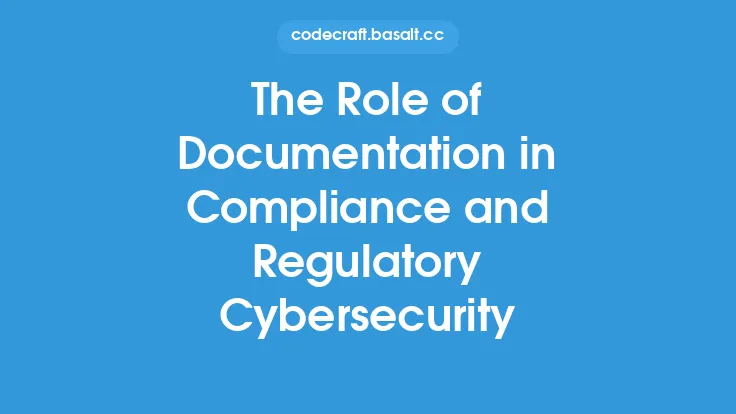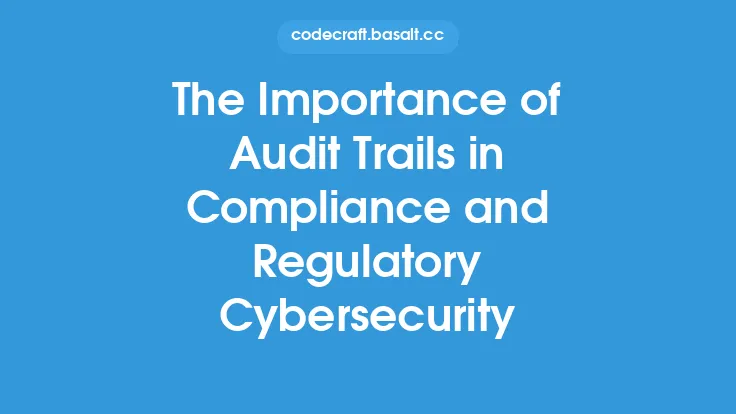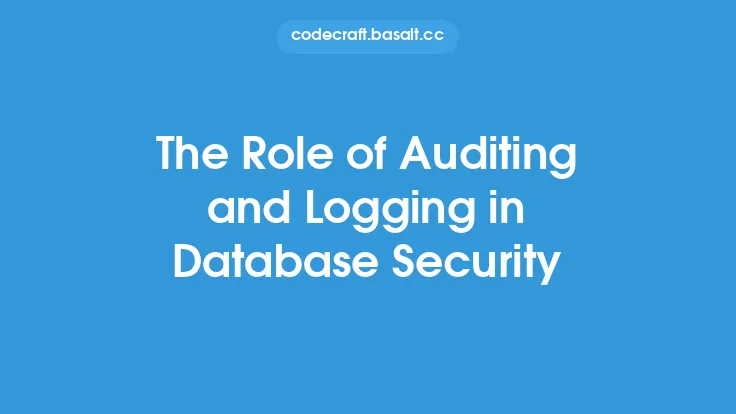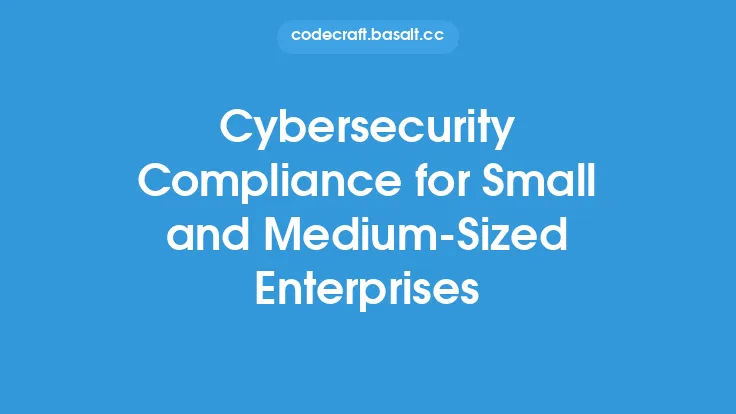As organizations increasingly move their data and applications to the cloud, ensuring the security and compliance of cloud-based systems has become a top priority. Cloud security is a shared responsibility between the cloud provider and the customer, and understanding the compliance and regulatory considerations is crucial to maintaining the confidentiality, integrity, and availability of cloud-based data. In this article, we will delve into the key compliance and regulatory considerations for cloud security, exploring the various standards, regulations, and best practices that organizations must adhere to.
Introduction to Cloud Security Compliance
Cloud security compliance refers to the process of ensuring that cloud-based systems and data are protected in accordance with relevant laws, regulations, and industry standards. This involves implementing controls and measures to prevent unauthorized access, use, disclosure, modification, or destruction of cloud-based data. Cloud security compliance is critical because it helps organizations to mitigate the risks associated with cloud computing, such as data breaches, cyber-attacks, and non-compliance with regulatory requirements.
Key Compliance and Regulatory Considerations
There are several key compliance and regulatory considerations that organizations must take into account when implementing cloud security measures. These include:
- Data Sovereignty: Organizations must ensure that cloud-based data is stored and processed in accordance with relevant data sovereignty laws and regulations. This may involve ensuring that data is stored within specific geographic boundaries or that access to data is restricted to authorized personnel.
- Data Protection: Organizations must implement measures to protect cloud-based data from unauthorized access, use, disclosure, modification, or destruction. This may involve implementing encryption, access controls, and other security measures.
- Compliance with Industry Standards: Organizations must comply with relevant industry standards, such as PCI-DSS, HIPAA/HITECH, and GDPR. These standards provide a framework for ensuring the security and confidentiality of cloud-based data.
- Regulatory Requirements: Organizations must comply with relevant regulatory requirements, such as those related to data protection, privacy, and security. These requirements may vary depending on the industry, location, and type of data being stored and processed.
Cloud Security Standards and Frameworks
There are several cloud security standards and frameworks that organizations can use to guide their compliance and regulatory efforts. These include:
- NIST Cybersecurity Framework: The NIST Cybersecurity Framework provides a comprehensive framework for managing and reducing cybersecurity risk. It includes five core functions: identify, protect, detect, respond, and recover.
- ISO 27017: ISO 27017 provides a code of practice for information security controls based on ISO 27002, specifically for cloud computing.
- ISO 27018: ISO 27018 provides a code of practice for protection of personally identifiable information (PII) in public clouds acting as PII processors.
- Cloud Security Alliance (CSA) Security, Trust & Assurance Registry (STAR): The CSA STAR program provides a framework for cloud providers to demonstrate their compliance with industry standards and best practices.
Best Practices for Cloud Security Compliance
To ensure cloud security compliance, organizations should follow several best practices, including:
- Conducting Regular Risk Assessments: Organizations should conduct regular risk assessments to identify potential security risks and vulnerabilities in their cloud-based systems.
- Implementing Robust Access Controls: Organizations should implement robust access controls, including multi-factor authentication, to prevent unauthorized access to cloud-based data.
- Using Encryption: Organizations should use encryption to protect cloud-based data, both in transit and at rest.
- Monitoring and Auditing: Organizations should regularly monitor and audit their cloud-based systems to detect and respond to security incidents.
- Ensuring Compliance with Industry Standards: Organizations should ensure that their cloud-based systems comply with relevant industry standards, such as PCI-DSS, HIPAA/HITECH, and GDPR.
Technical Considerations for Cloud Security Compliance
From a technical perspective, organizations should consider several factors when implementing cloud security compliance measures, including:
- Cloud Provider Selection: Organizations should carefully select their cloud provider, taking into account factors such as security controls, compliance with industry standards, and data sovereignty.
- Cloud Deployment Model: Organizations should consider their cloud deployment model, including public, private, and hybrid clouds, and ensure that their security controls are tailored to their specific deployment model.
- Data Encryption: Organizations should use encryption to protect cloud-based data, both in transit and at rest. This may involve using secure protocols, such as TLS, and encrypting data at the application level.
- Identity and Access Management: Organizations should implement robust identity and access management controls, including multi-factor authentication, to prevent unauthorized access to cloud-based data.
- Network Security: Organizations should implement robust network security controls, including firewalls and intrusion detection systems, to protect their cloud-based systems from cyber-attacks.
Conclusion
In conclusion, cloud security compliance is a critical aspect of ensuring the confidentiality, integrity, and availability of cloud-based data. Organizations must take into account various compliance and regulatory considerations, including data sovereignty, data protection, and compliance with industry standards. By following best practices, such as conducting regular risk assessments, implementing robust access controls, and using encryption, organizations can ensure the security and compliance of their cloud-based systems. Additionally, technical considerations, such as cloud provider selection, cloud deployment model, and data encryption, must be taken into account to ensure the security and compliance of cloud-based data. By prioritizing cloud security compliance, organizations can mitigate the risks associated with cloud computing and ensure the security and confidentiality of their cloud-based data.





